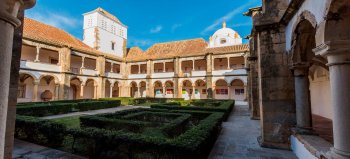Explore the best places
Heritage in Portugal
Castelo de Castelo Melhor
- heritage
Rua do Castelo, 15
5150-109, Castelo Melhor
Possibly built on a castro lusitano, this castle is situated on a hill. Saves some wall panels, doors, a cistern and all regular plant. You can see the perimeter of the wall surrounding Interior courtyards and the keep. From a distance, it looks like the Crown of a King planted in cabeço de land.
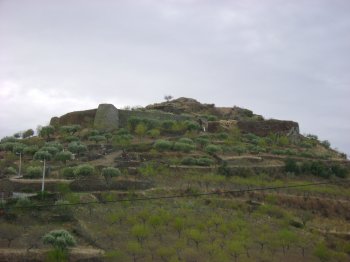
Museu da Casa Grande
- heritage
Rua Direita
5155-246, Freixo de Numão
At the Museum of the Casa Grande are exposed collections of Archaeology (since the Paleolithic era to the modern age, with a particular focus on the Roman period), the regional Ethnography (tools and farm implements directly linked to Ze land and objects connected to the bakery, pastoralism, the production of wine, olive oil and almond) and local history, by collecting materials and documentation related to the history of the former seat of the County

Museu de Sítio de Ervamoira
- heritage
Quinta de Ervamoira Ramos Pinto
5150, Vila Nova de Foz Côa
Quinta da Ervamoira Museum, with tours under appointment.
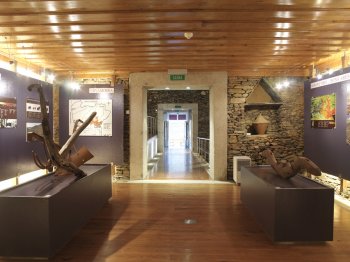
Museu do Côa
- heritage
Rua do Museu
5150-620, Vila Nova de Foz Côa
The Museum of the Coa is a cultural space conceived to promote the historical and cultural heritage of the Archaeological Park of the Coa. The building features a strong interaction with the landscape, developing over four floors comprising an auditorium, educational service, administrative area, shop and exhibition halls.
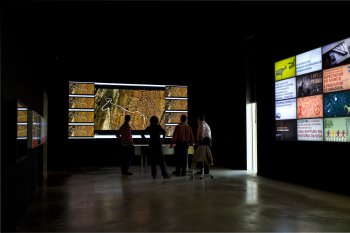
Casa de Almendra / Solar dos Viscondes do Banho
- heritage
Largo da Amoreira - EN332
5150-014, Vila Nova de Foz Côa
Built in the 18th century, this House is considered one of the finest examples of Baroque civil architecture. Built in granite, Rococo décor focused on the Windows and the front door. This construction denotes elements of the Baroque building of the Douro, influenced by Nicolau Nasoni. In the early 19th century, they settled here Napoleonic troops, burning after the building in 1810, when he withdrew. From 1895 suffered a partial reconstruction, on the initiative of the 3rd Viscount of bath.

Castelo de Numão
- heritage
Rua Direita
5155-617, Numão
This castle was one of the best defensive walls of border. Currently, there are only some doors, wall panels and towers that Crown the top of the mountain. By the door spring also remain several anthropomorphic graves. His plan featured a irregular configuration, almost no battlements and with three doors (to the West, the arc and the de São Pedro), a watchtower and four towers.
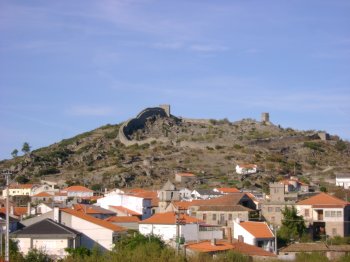
Igreja Matriz de Vila Nova de Foz Côa / Igreja de Nossa Senhora do Pranto
- heritage
Praça do Município, 16
5150-642, Vila Nova de Foz Côa
This church is composed by three naves, a main – chapel, sacristy and office, attached to the main chapel. On the façade, it is worth to mention a portico in plain arch with Manueline decoration (sided by two national Coat of Arms), armillary spheres, fleur – de –lis and the Cross of Christ being overlapped by a framed round opening. It is topped by a campanile with four Renaissance busts. On the inside of the church it should be mentioned the baroque altars, the main chapel coffers, the imagery and the columns inclination.
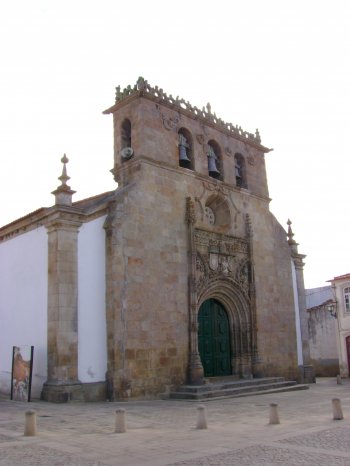
Arco do Repouso e Muralhas de Faro
- heritage
Rua do Repouso
8000, Faro
Gateway to the medieval walls built by the Muslim prince Ben Bekr as a defense against Christian invasion. It is formed by two towers with two side entrances. Close to this door are the remains of the wall that protected the medieval Vila Adentro.
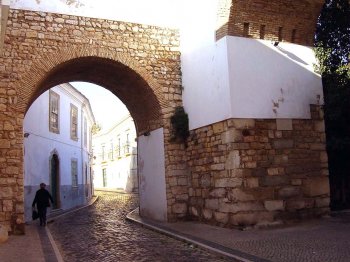
Villa Romana de Milreu
- heritage
Rua de Faro
8005-443, Estoi
The Roman Villa of Milreu, dating from the 1st or 2nd century, was remodeled in the 4th century. It was occupied until the 6th or 7th century. Currently, the structures of a large manor house, built in the 1st century and remodeled in the 3rd and 4th centuries, the agricultural facilities, a bathhouse and a temple are evident.

Museu Municipal de Faro
- heritage
Praça Dom Afonso III, 14
8000-167, Faro
The first museum created in the Algarve, in 1874, is located in the former Convent of Nossa Senhora da Assunção. Deactivated in 1834, after the extinction of religious orders, the convent was used as a cork factory during the 20th century. Later, in 1960, the works of adaptation to a museum began. It presents permanent exhibitions of Archeology (Roman and Islamic periods), Religious Painting from the 16th to the 19th century and Painting from the 20th century, as well as temporary exhibitions of the most varied themes.
